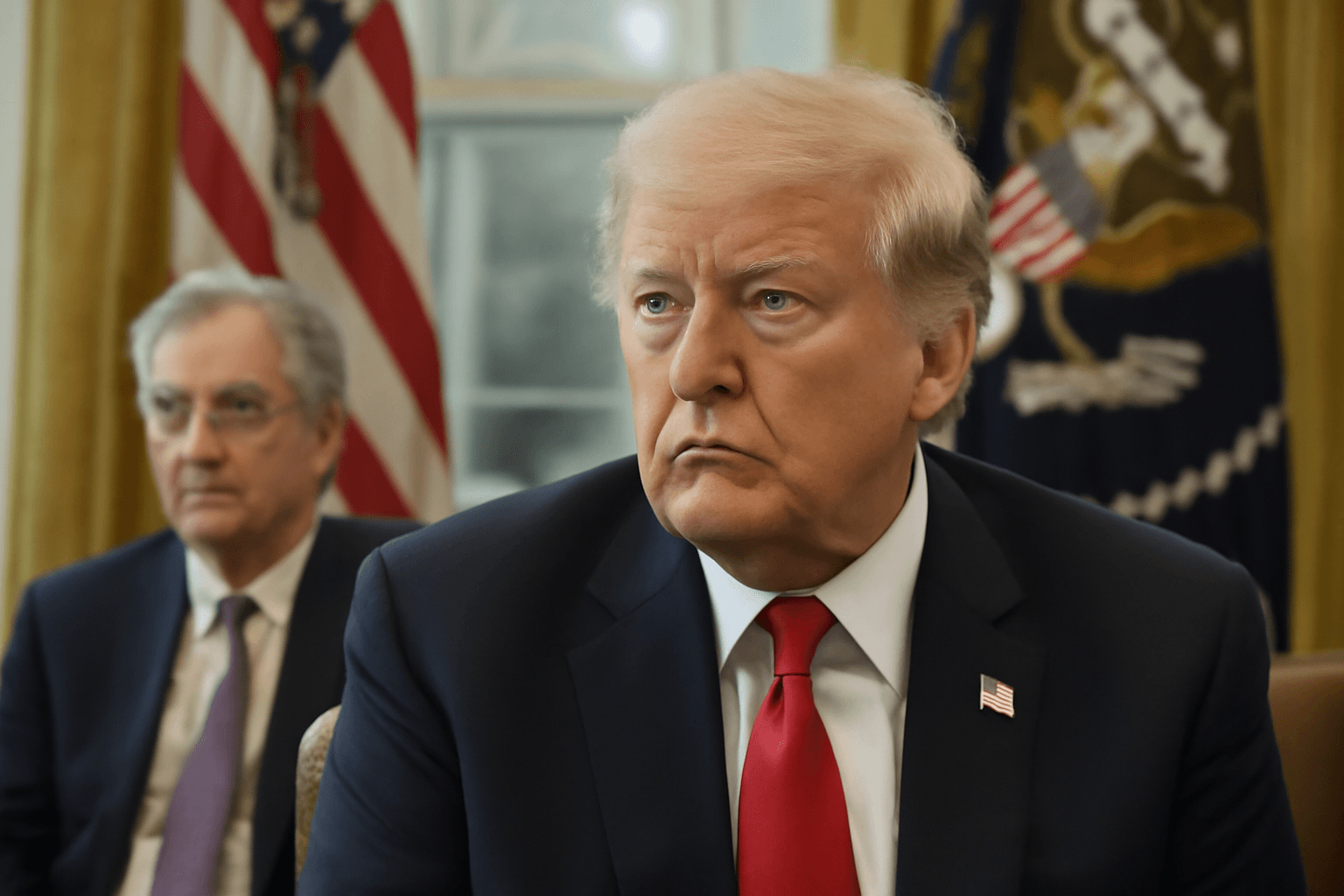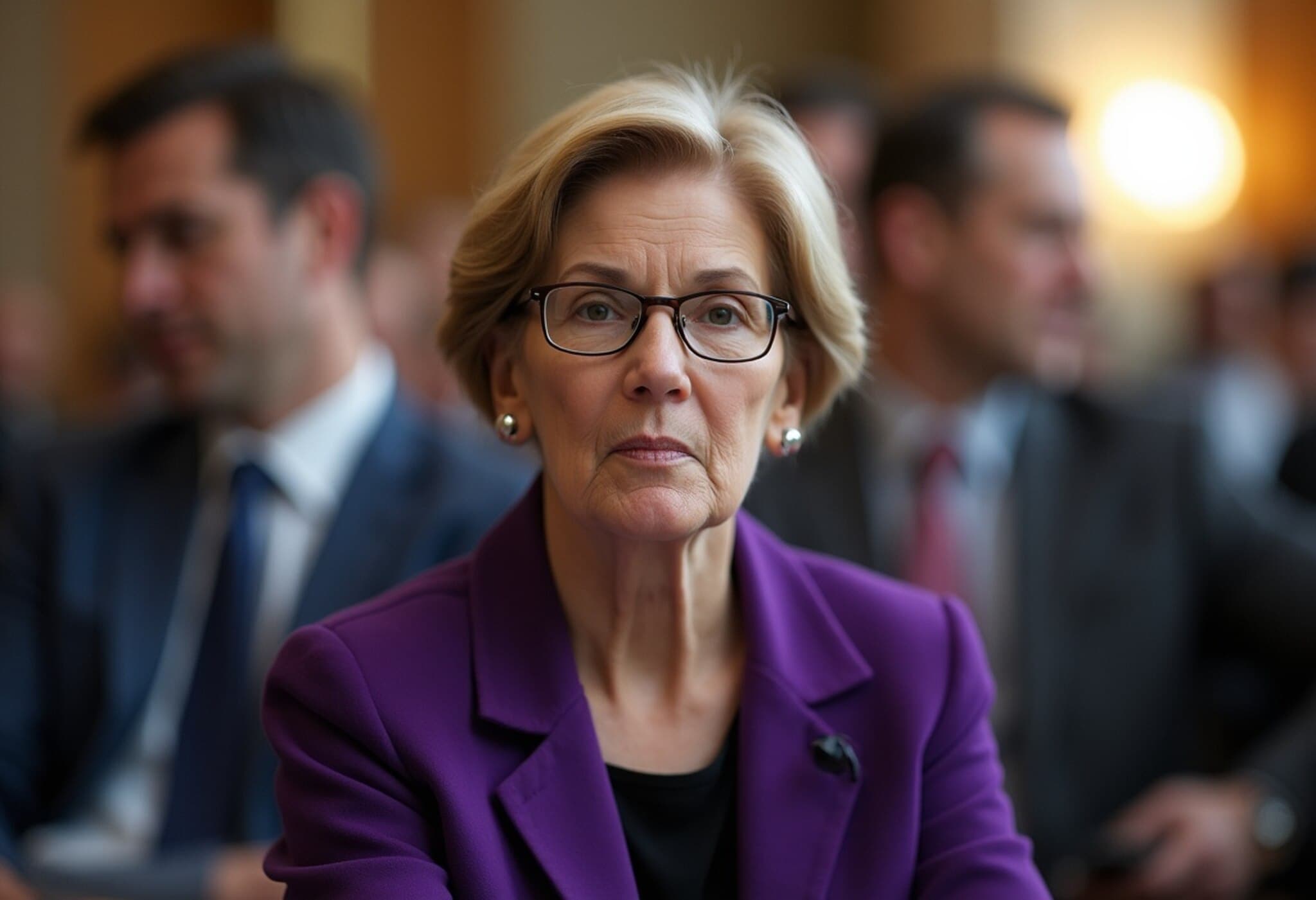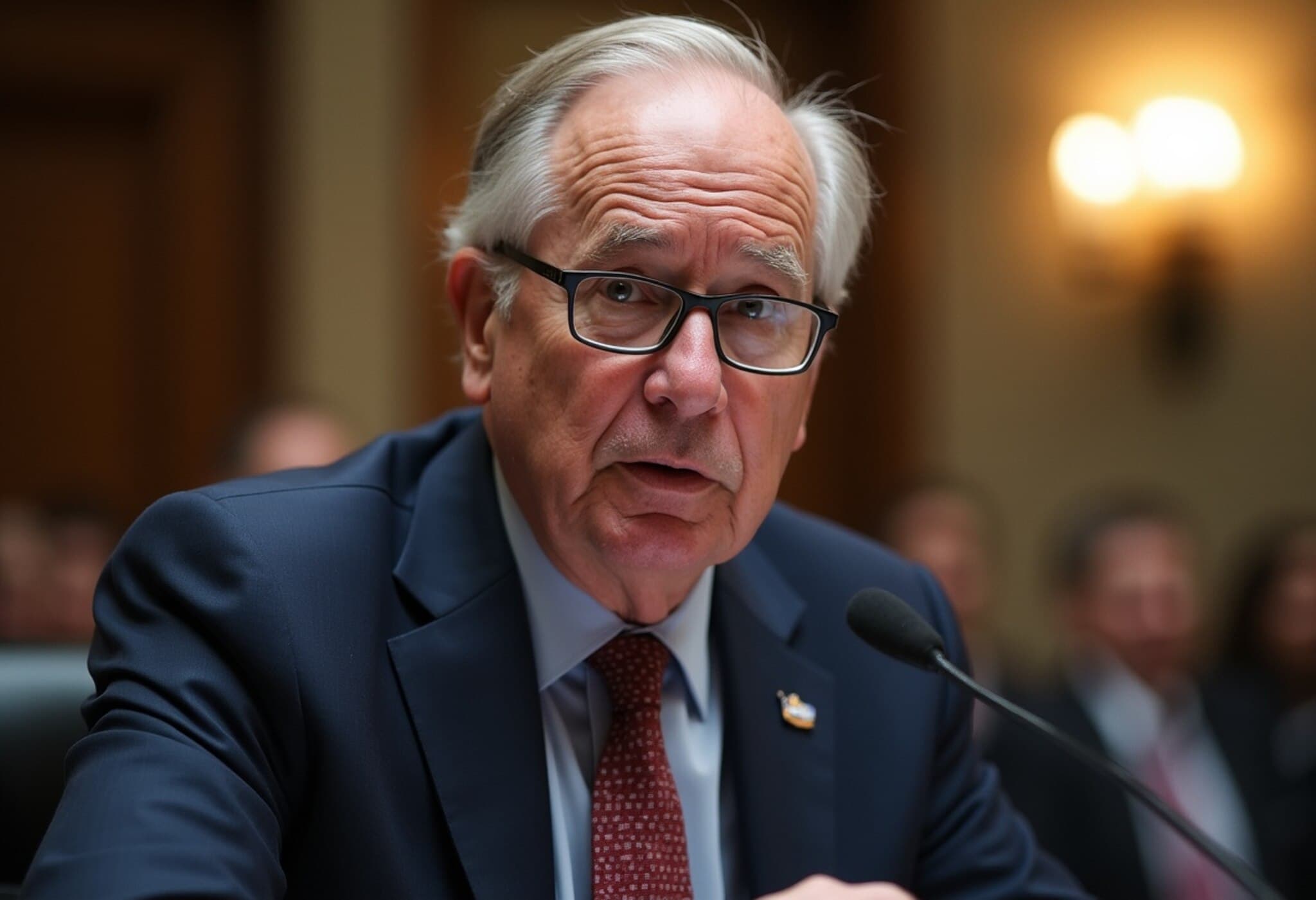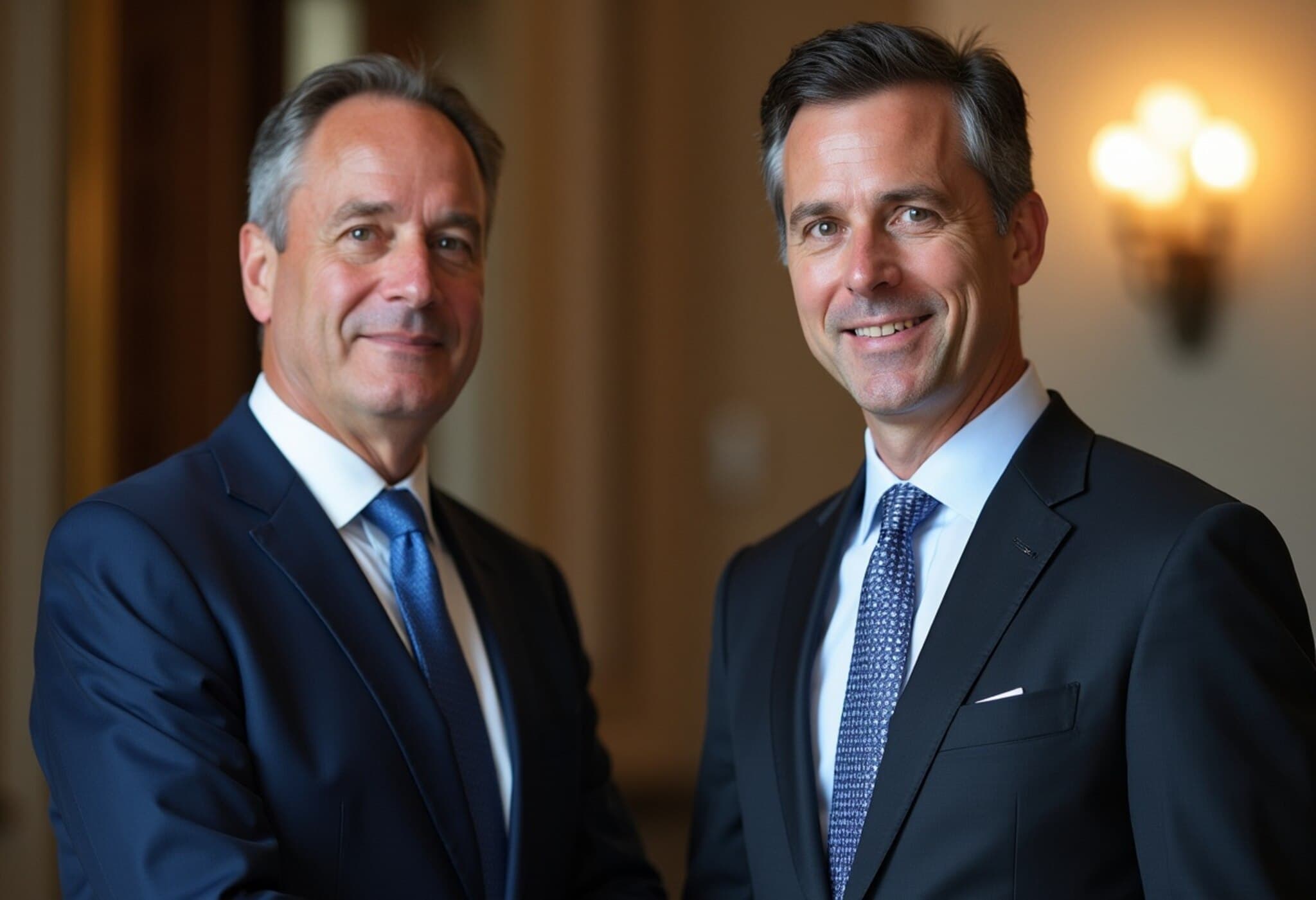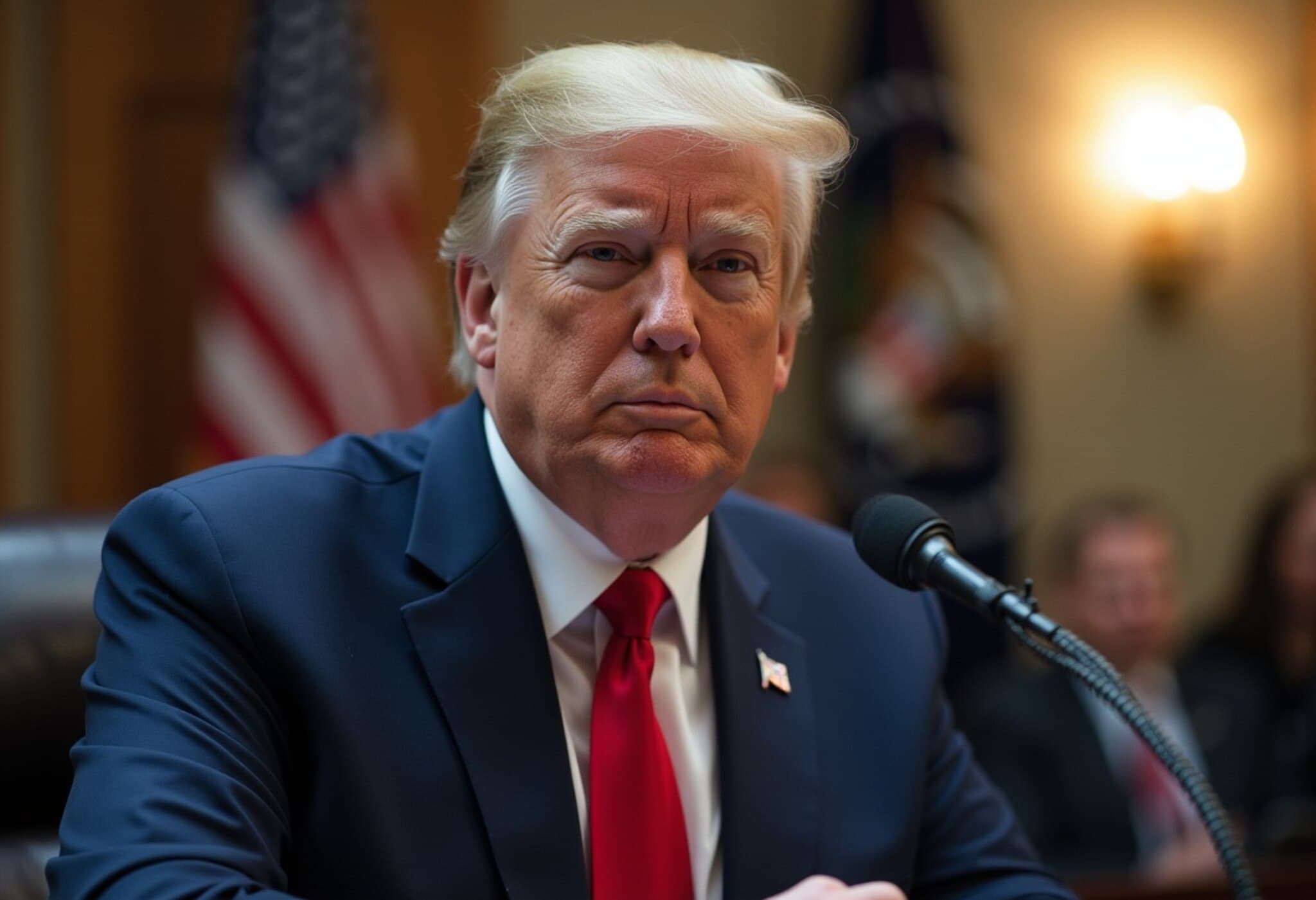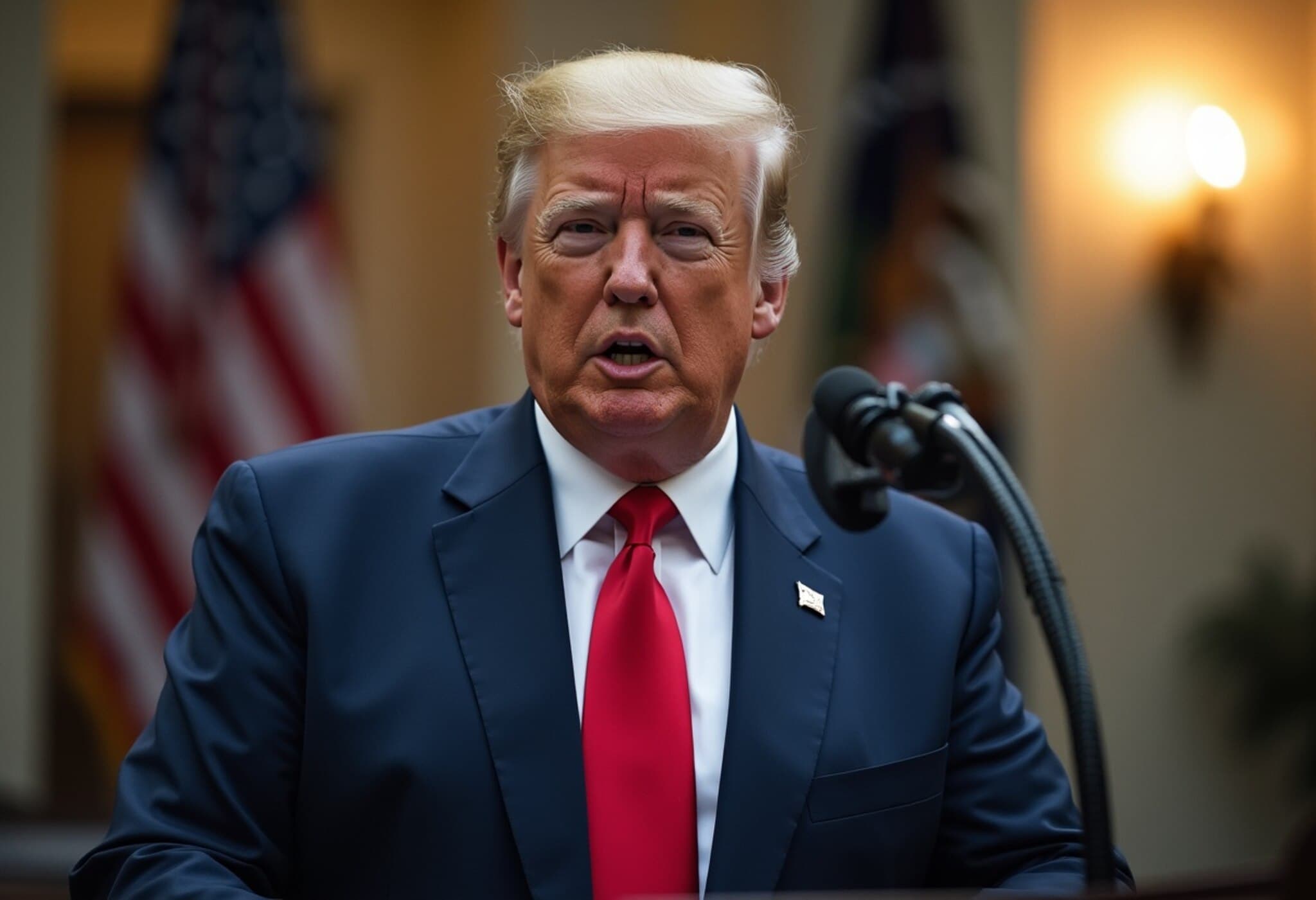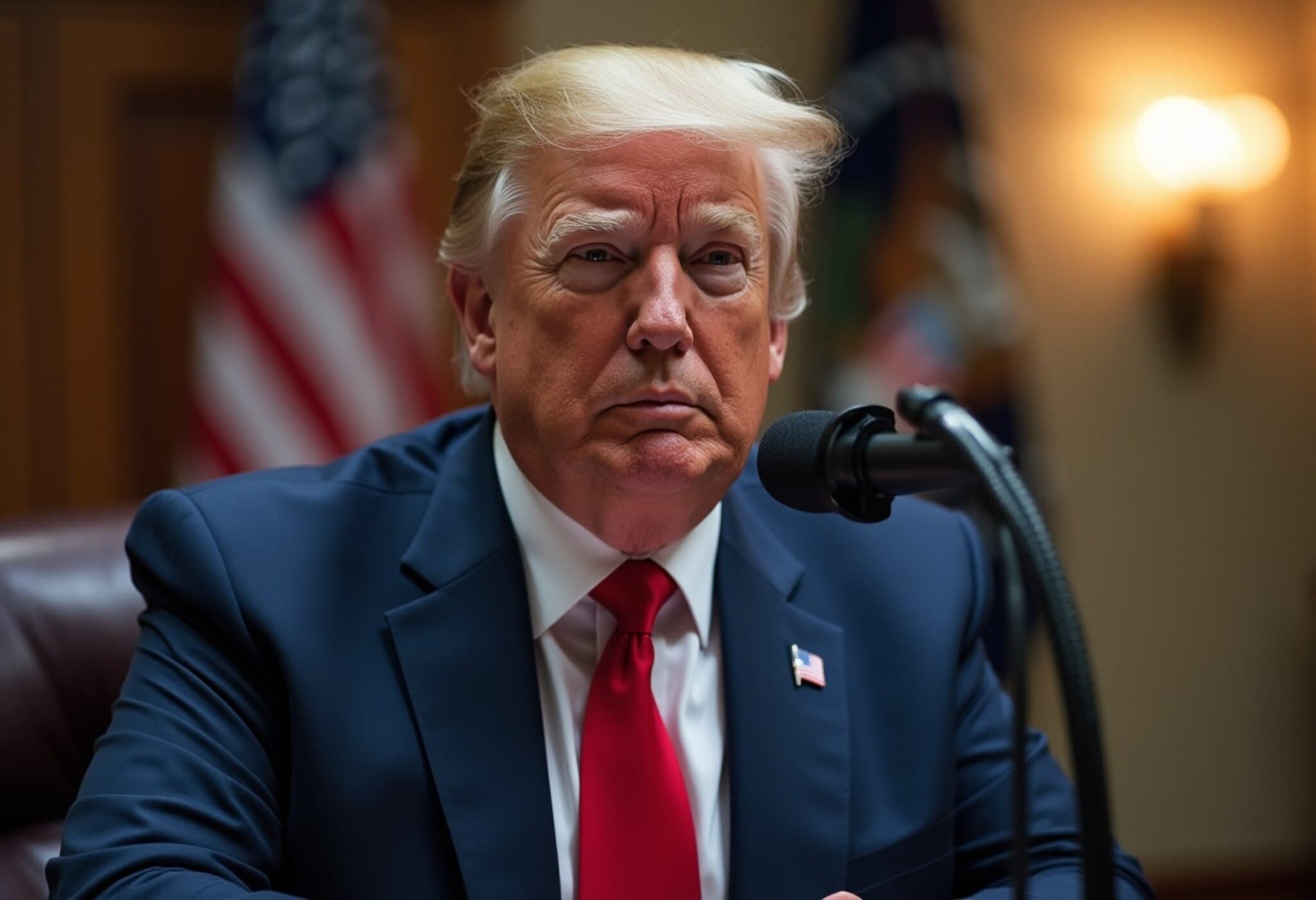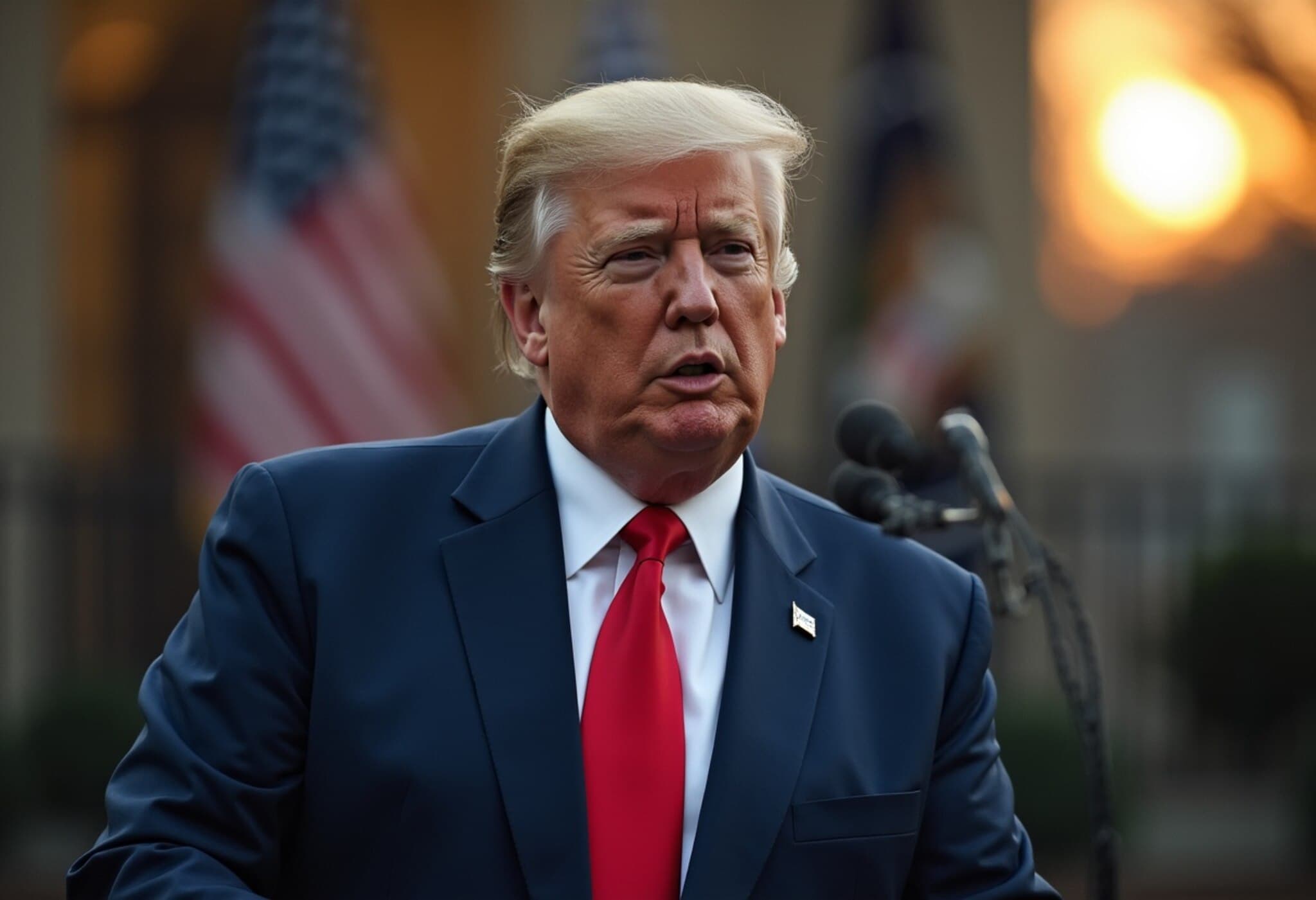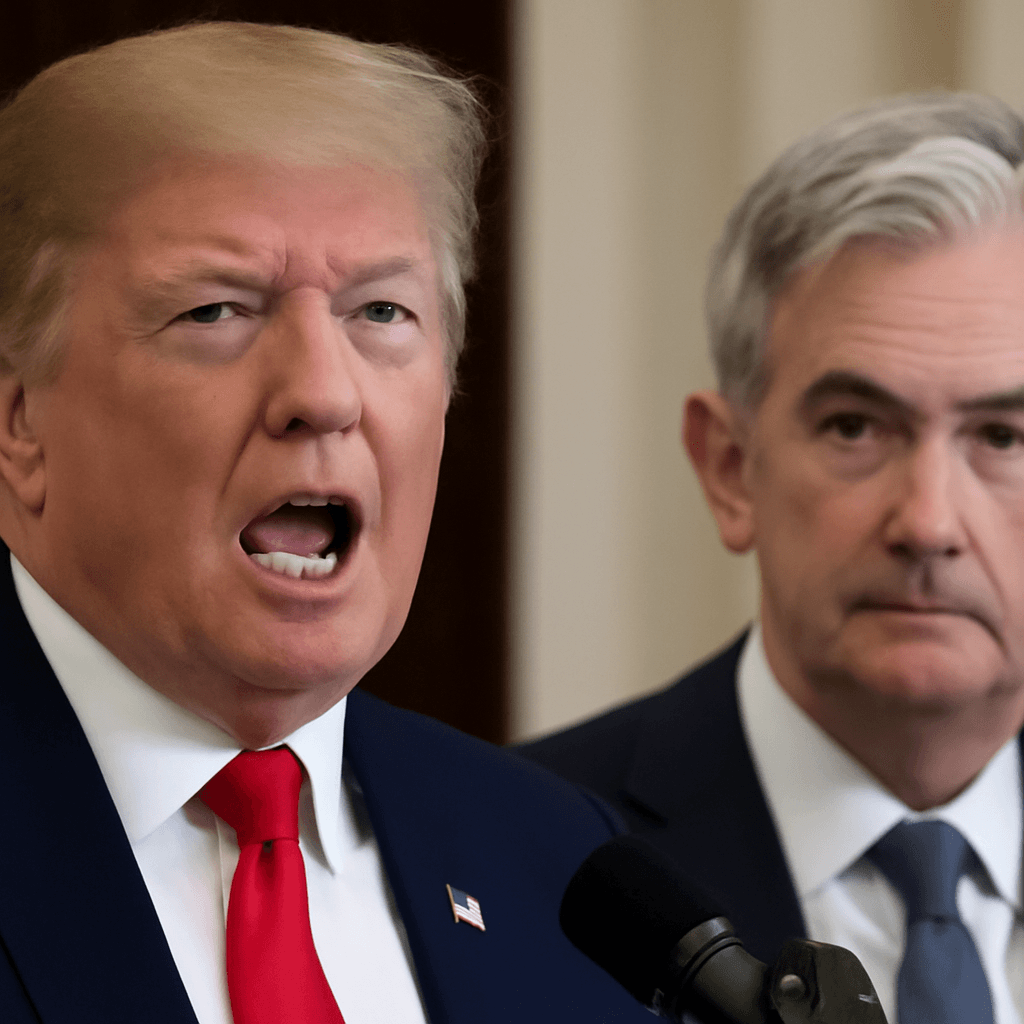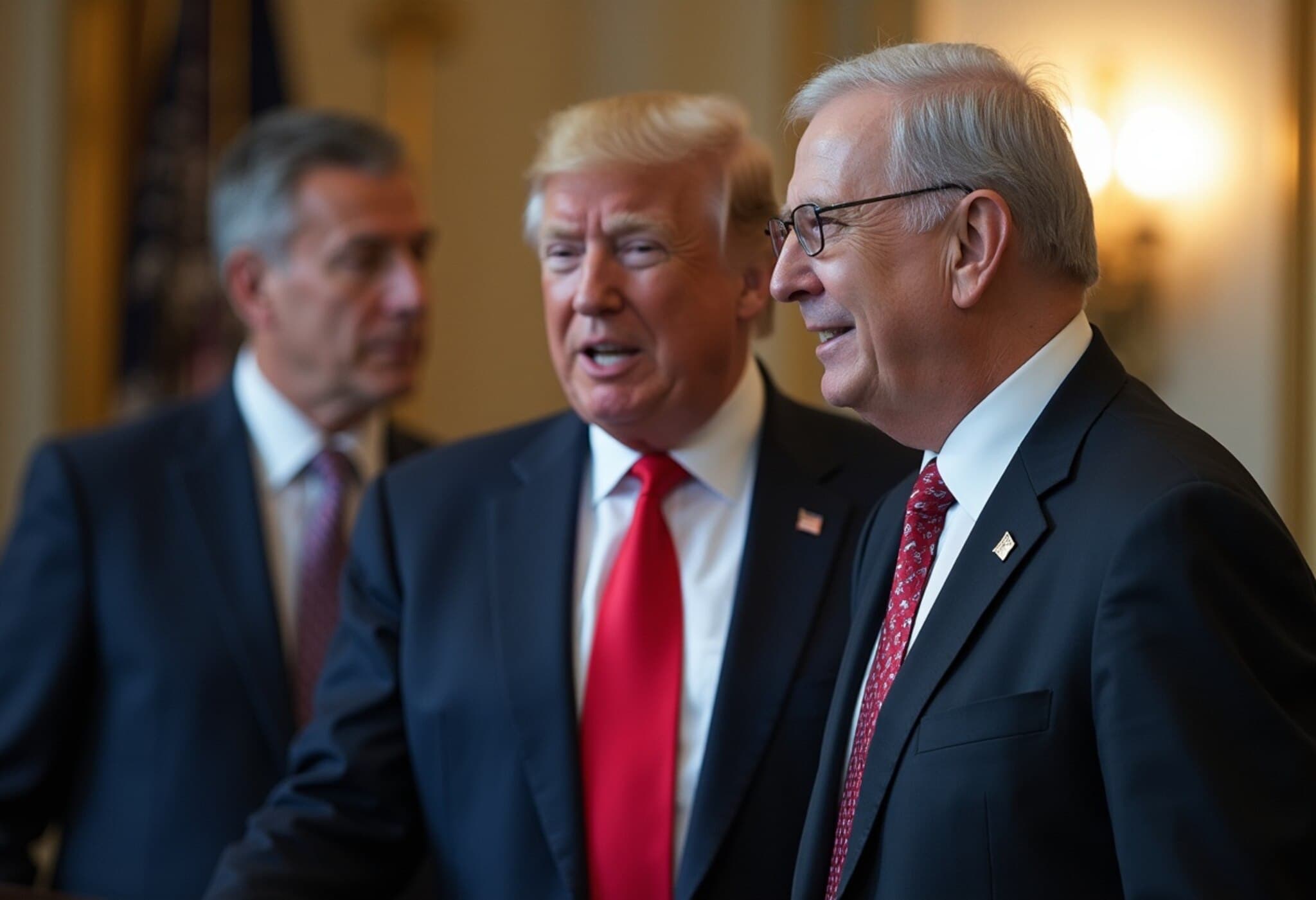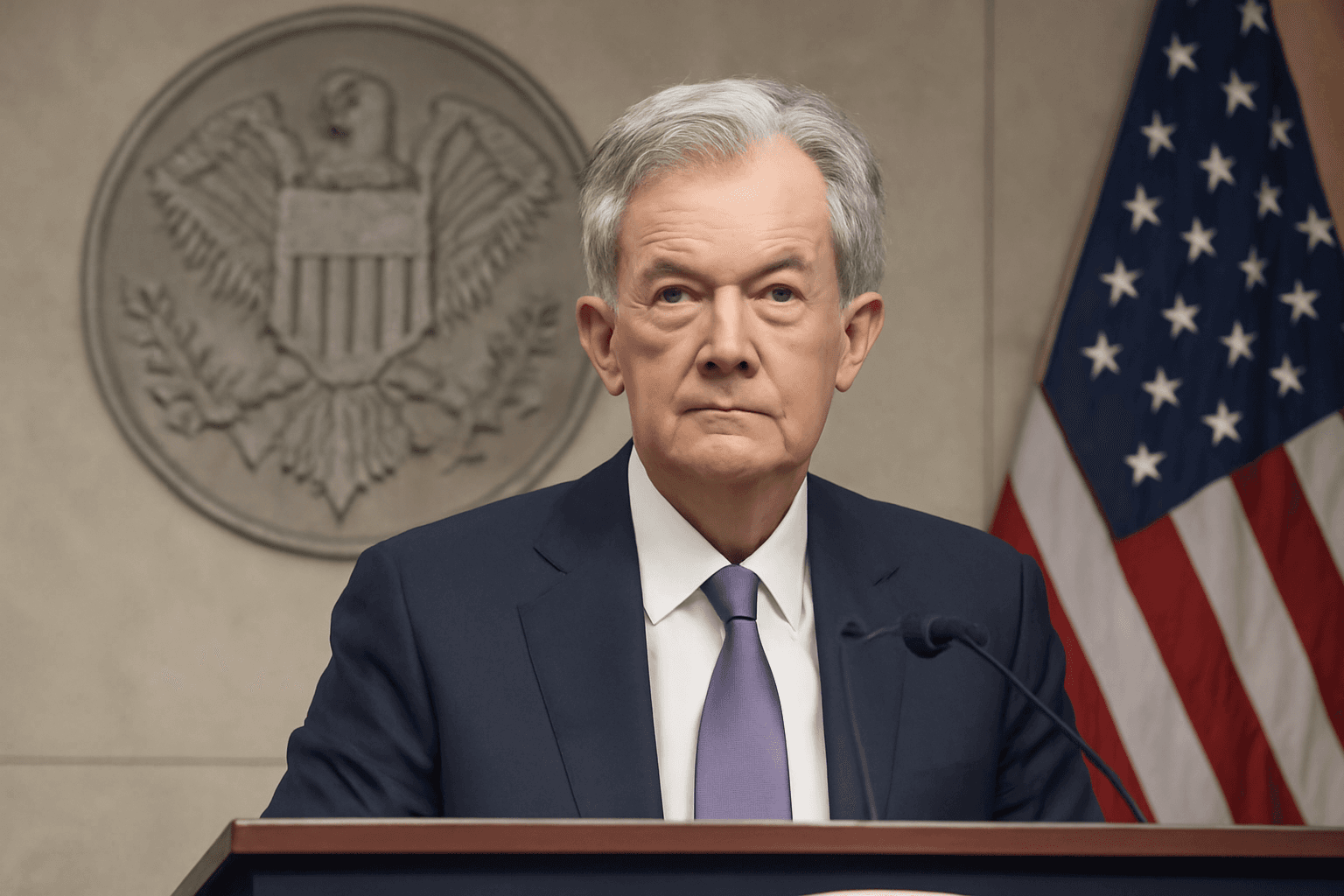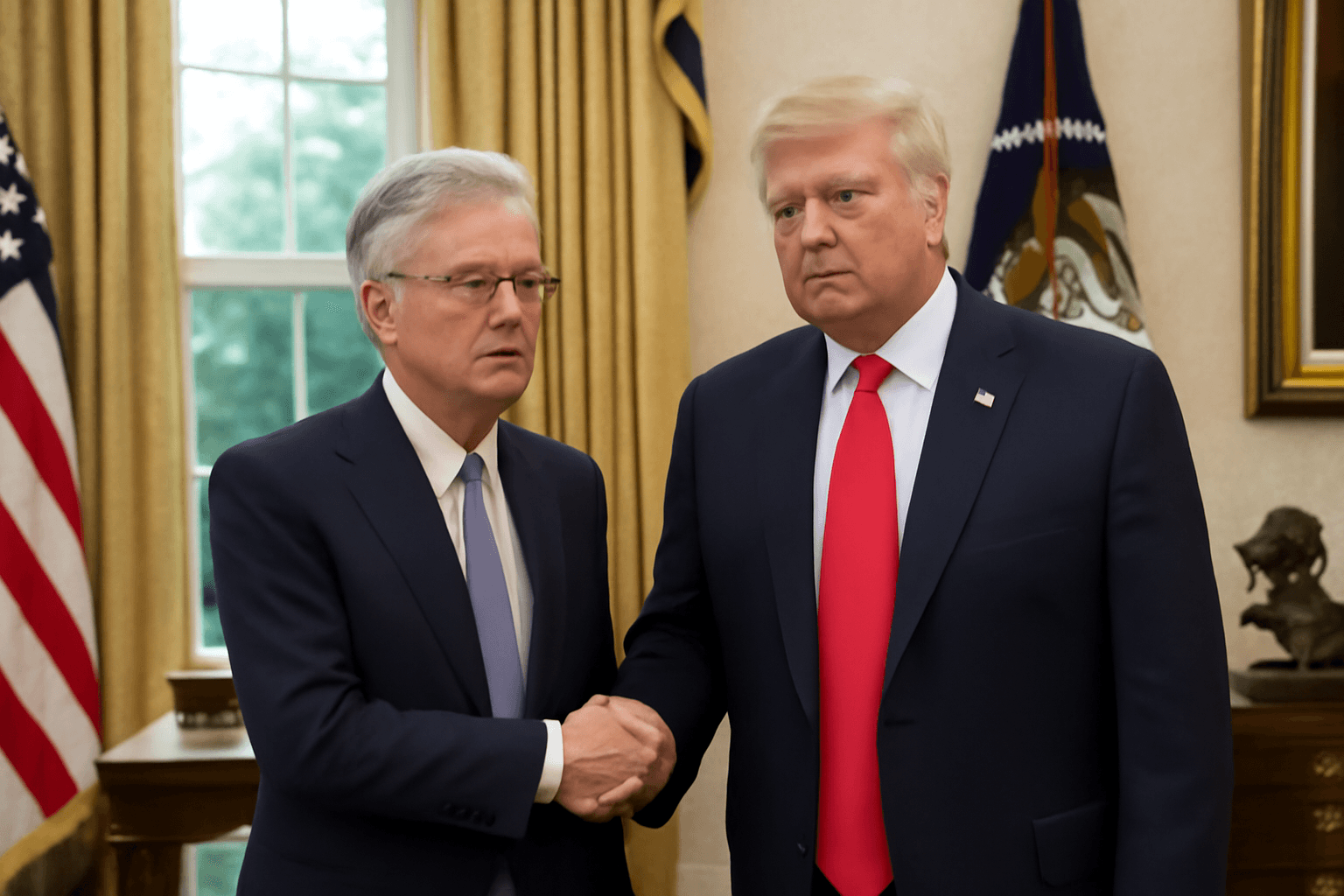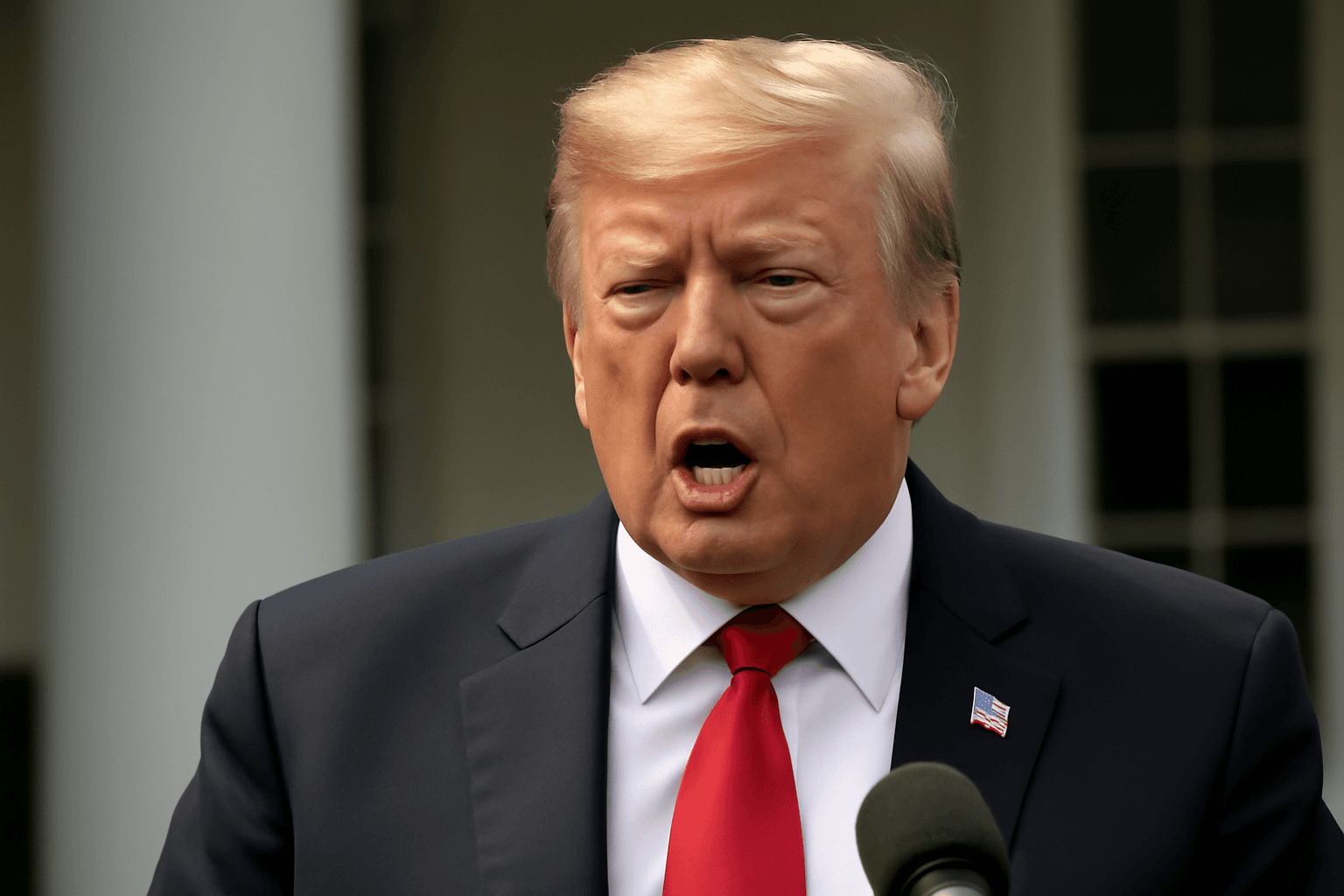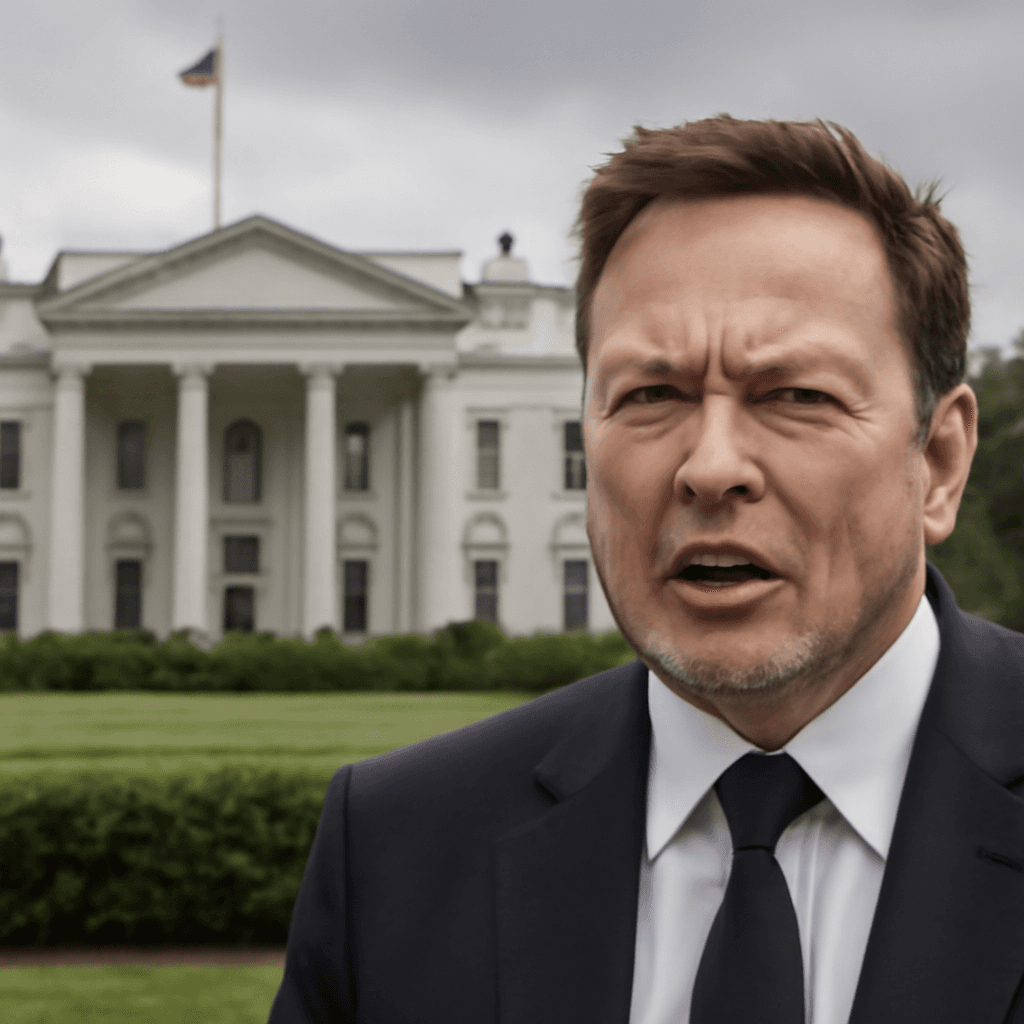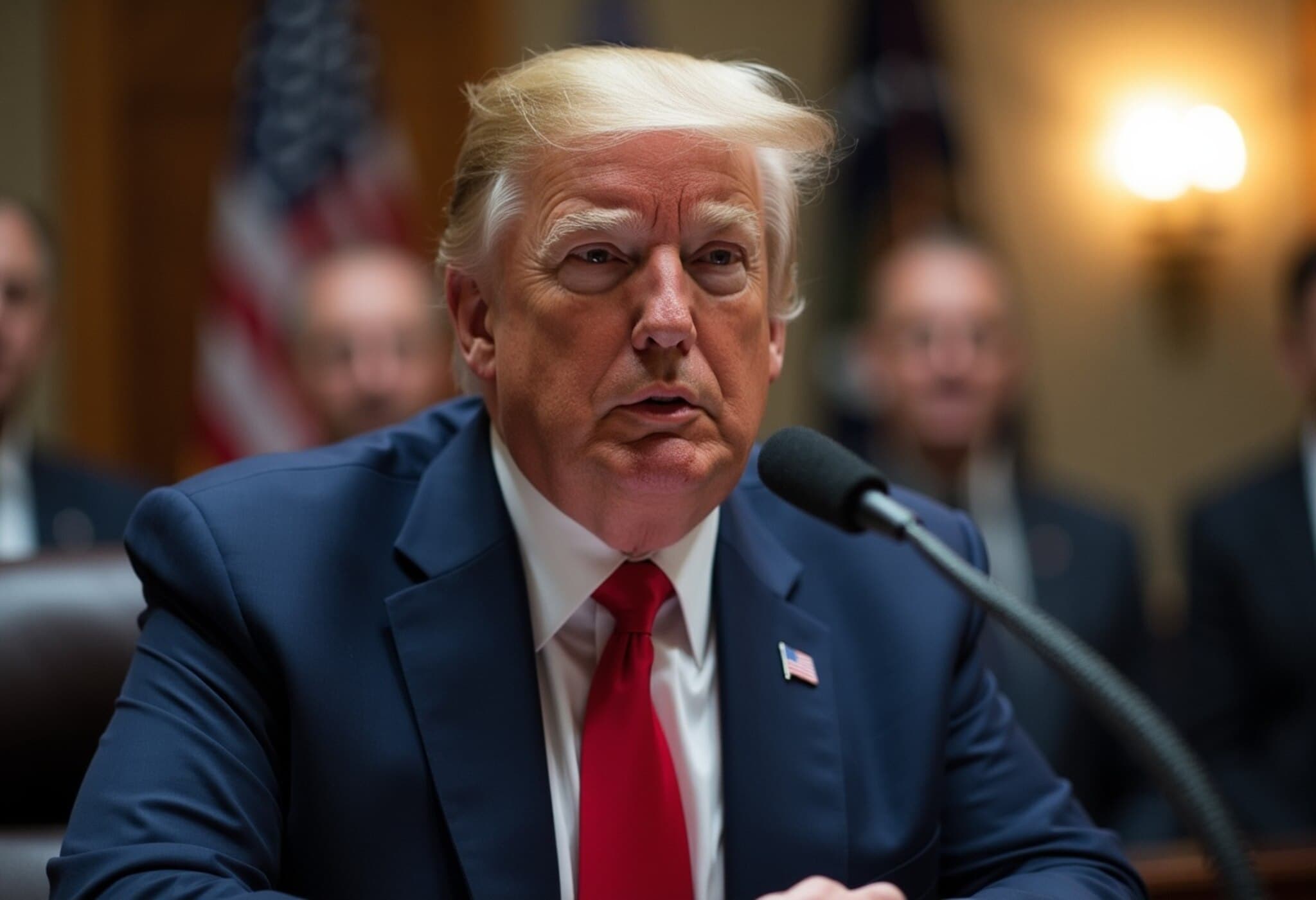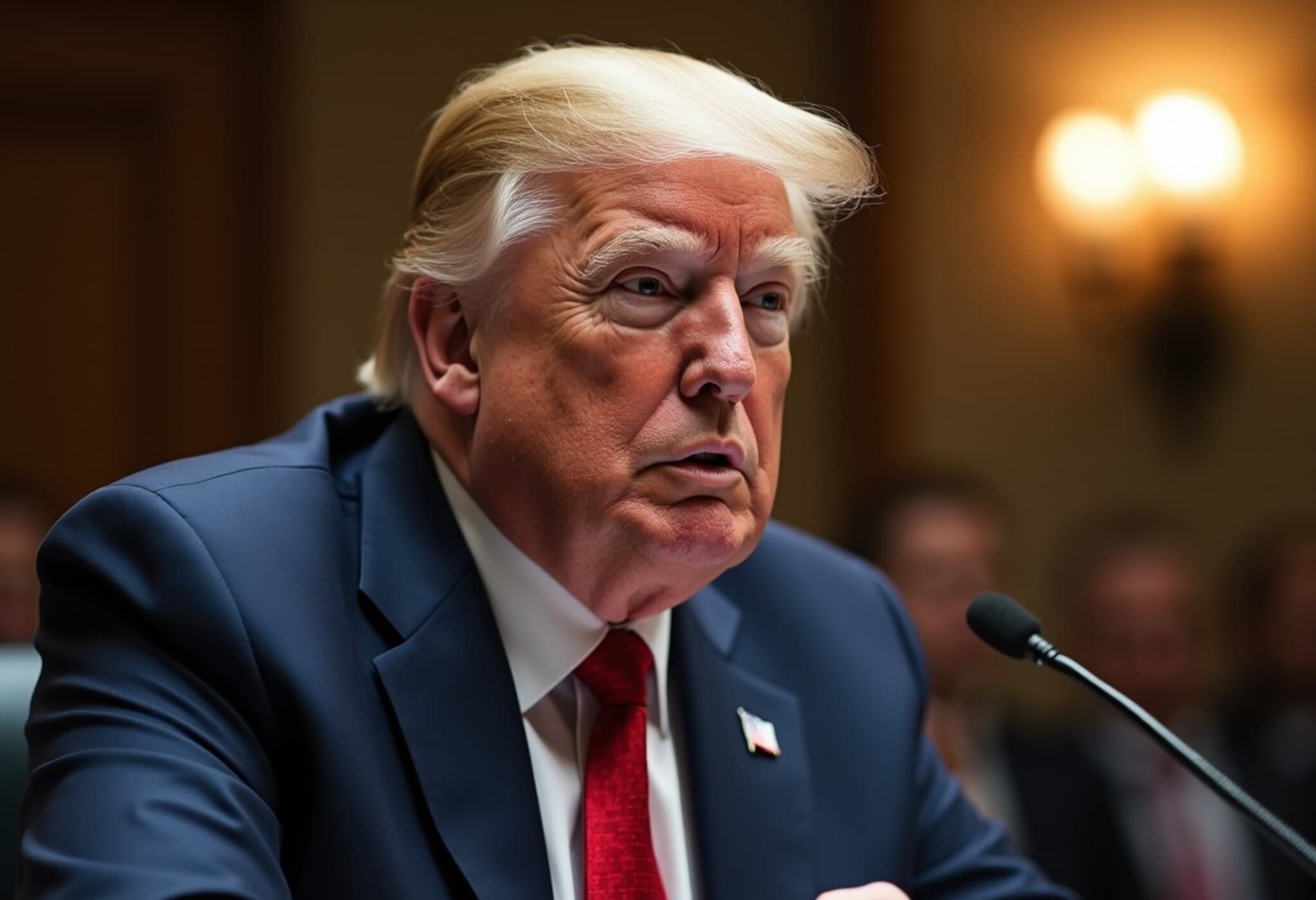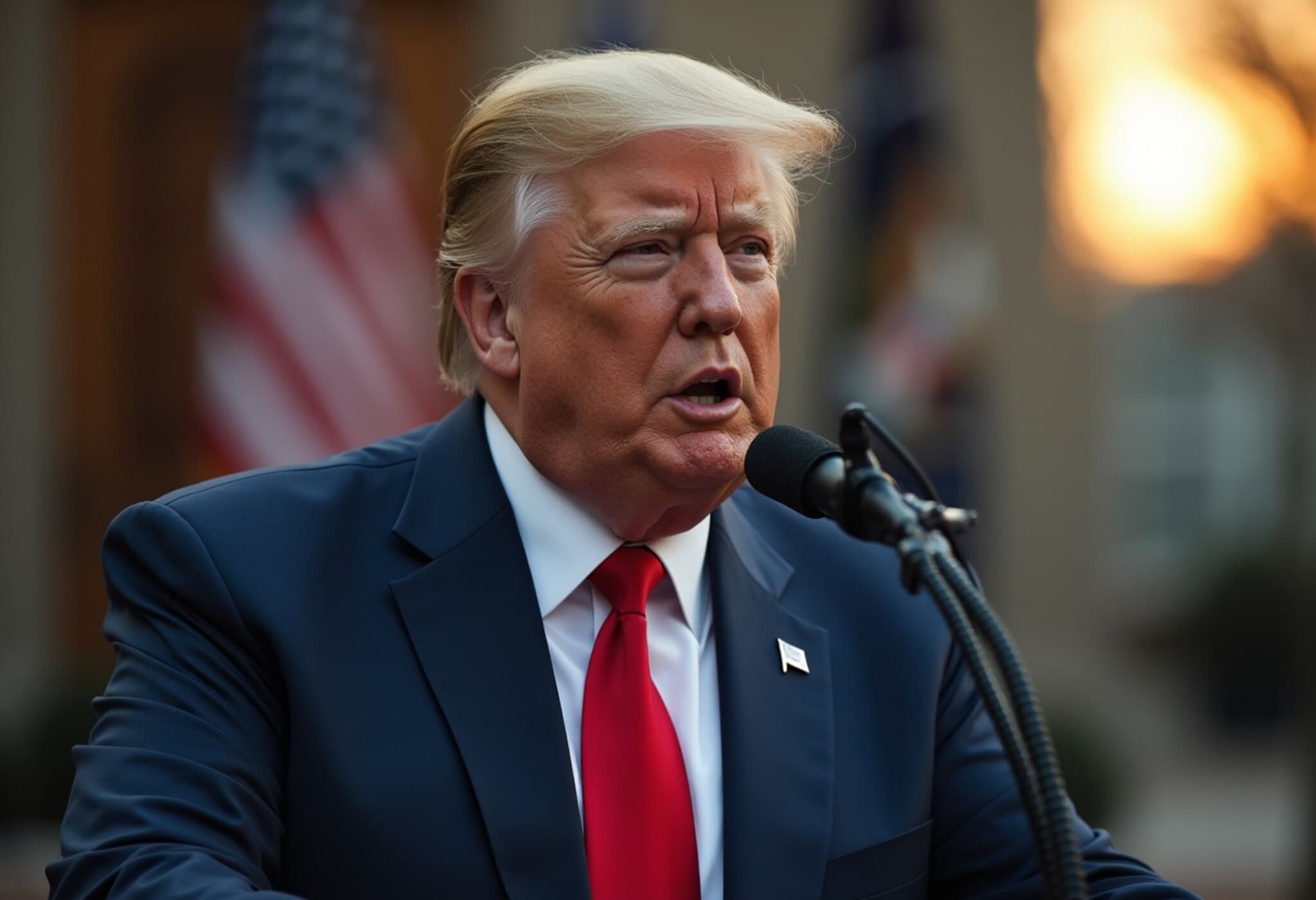Trump at a Crossroads: Strategic Decisions for the Federal Reserve Vacancy
With a sudden vacancy on the Federal Reserve Board of Governors following Governor Adriana Kugler's unexpected resignation, President Donald Trump finds himself navigating a complex set of options that could influence the future direction of America's central bank.
The Stakes Behind the Vacancy
Kugler's departure has opened up a seat that carries significant weight, not just because of the role itself but for the timing—it comes with less than six months left on her unexpired term. This short timeframe means whoever is appointed faces a limited window before needing reconfirmation. More broadly, the vacancy surfaces critical questions about the Federal Reserve’s political independence and how strategic nominations might shape monetary policy.
Shadow Chair or Long-Term Strategist?
One provocative option on the table is for Trump to appoint a so-called "shadow chair"—someone who would be more of a disruptive presence or challenger to current Chair Jerome Powell. This approach echoes Trump’s penchant for confrontation, recalling his playbook from "Celebrity Apprentice," where he relishes public tests and high-stakes showdowns.
Krishna Guha, a central bank strategist at Evercore ISI, observes that Trump may be torn between appointing an interim agitator or selecting a nominee aimed at shaping the Fed’s trajectory over the long haul. Indeed, a shadow chair would lack the formal authority of the chairmanship, and the brevity of the term adds risk, as the nominee would face intense scrutiny and may often clash with Fed colleagues.
An Institutional Tug-of-War
The Federal Reserve, historically a bastion of collegiality and technocratic governance, may soon find itself grappling with increased political drama. Trump's vocal criticism of Powell and insistence on aggressive rate cuts—he has publicly called for dramatic reductions amounting to nearly three percentage points—raise alarms among economists and former Fed officials.
Former Fed Chair and Treasury Secretary Janet Yellen has warned that such demands can be "frightening to markets," underscoring concerns that pressure from the executive branch might erode the Fed’s cherished independence.
Political Implications and Market Reactions
- Term Uncertainties: The short remaining term of the Kugler seat complicates confirmation and reappointment prospects, potentially discouraging high-profile nominees.
- Risk for Appointees: Nominees face potential conflicts, especially if forced into positions that run counter to Trump’s rate-cut ambitions.
- Market Sensitivities: Investors may react negatively to any perceived politicization of monetary policy, increasing volatility.
Brian Gardner, Washington policy strategist at Stifel, highlights that a short-term shadow chair must navigate a tricky landscape: balancing loyalty to the president’s rate-cut agenda against maintaining credibility within the Fed and the broader market.
Trump’s Leading Candidates and the Road Ahead
President Trump reportedly has narrowed his choices down to four finalists, including former Governor Kevin Warsh, National Economic Council director Kevin Hassett, and possibly current Governor Christopher Waller. Notably, Treasury Secretary Scott Bessent has removed himself from contention, despite previously championing the shadow chair concept.
This choice will be pivotal not only for the immediate vacancy but also in signaling the administration’s vision for the Fed's future, especially as Chair Powell’s term approaches its conclusion in May. Should Trump install a loyalist in this seat, he could tilt the seven-member Board of Governors more toward his policy preferences—though the Federal Open Market Committee’s (FOMC) broader composition, including regional Fed presidents, still influences decisions.
Preserving Fed Autonomy Amid Political Pressure
Market watchers and experts emphasize that safeguarding the Fed’s independence is critical for managing inflation and economic stability. Historical episodes, such as President George H.W. Bush's attempts to sway Fed Chair Alan Greenspan, serve as reminders of the delicate balance between political will and monetary policymaking.
Gardner notes, "There's institutional pushback built into the Fed’s culture. While it’s in a secure place today, the situation is fluid and demands vigilance."
Editor’s Note: Navigating a Politicized Monetary Future
The Federal Reserve vacancy arriving under President Trump’s tenure poses a unique challenge with far-reaching implications. At stake is not just a single seat but the potential tone and direction of U.S. monetary policy amid economic uncertainty.
This evolving episode raises pressing questions: Can the Fed maintain its independence against escalating political pressure? Will the next appointee prioritize short-term political demands or uphold long-term economic stewardship? As Trump weighs his choices, the nation watches—a reminder that even technocratic institutions are not immune to the tides of political influence.
The coming weeks promise to reveal whether the Federal Reserve will remain the steady, nonpartisan anchor in turbulent economic waters or become a new arena for political contestation with consequences for all Americans.

